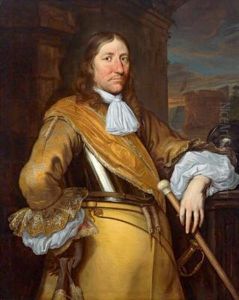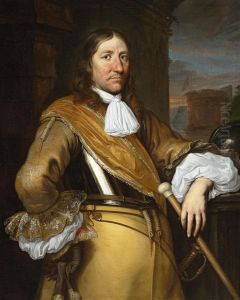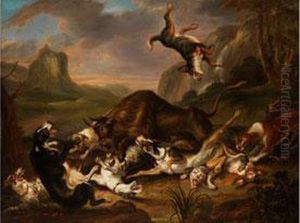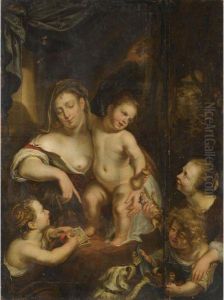Jurian Jacobsz Paintings
Jurian Jacobsz, also known as Jurriaen Jacobsze or Jurriaen Jacobsz, was a Dutch Golden Age painter whose exact birth and death dates are not well-documented. He was born in 1624, likely in Utrecht, Netherlands. His artistic career is not as extensively chronicled as some of his contemporaries, which means that details about his life and work are relatively sparse. Nonetheless, Jacobsz is acknowledged for his contributions to the Dutch painting tradition of the 17th century.
Jacobsz may have been a student or follower of the prominent Utrecht Caravaggisti, which included artists like Dirck van Baburen, Hendrick ter Brugghen, and Gerrit van Honthorst. These artists were known for their adaptation of Caravaggio's style, particularly his use of chiaroscuro - the strong contrasts between light and dark. While it is not clear if Jacobsz had any direct interaction with these masters, their influence on the artistic environment in Utrecht during the time Jacobsz was active is undeniable.
The oeuvre of Jurian Jacobsz is not well-defined, and only a few works are attributed to him with certainty. His paintings that have been identified often depict religious or mythological scenes, which were common subjects during the Dutch Golden Age. His style reflects the Utrecht Caravaggisti's emphasis on dramatic lighting and a realistic approach to human figures and emotion.
The lack of records makes it difficult to trace Jacobsz's career progression or his impact on his contemporaries and followers. The date of his death is unknown, and much of his life remains a mystery to art historians. However, his existing works provide a glimpse into the artistic milieu of 17th-century Utrecht and contribute to our understanding of the period's broader cultural and artistic practices.



